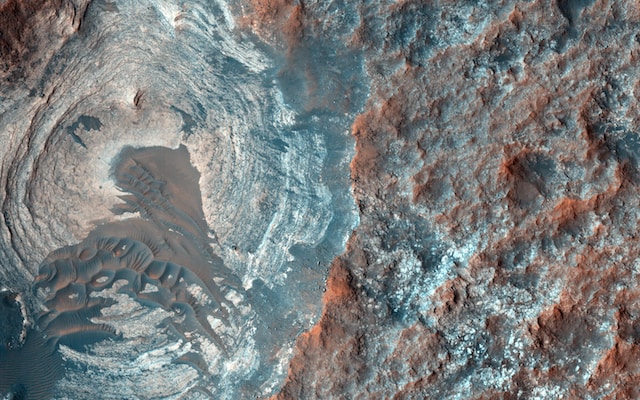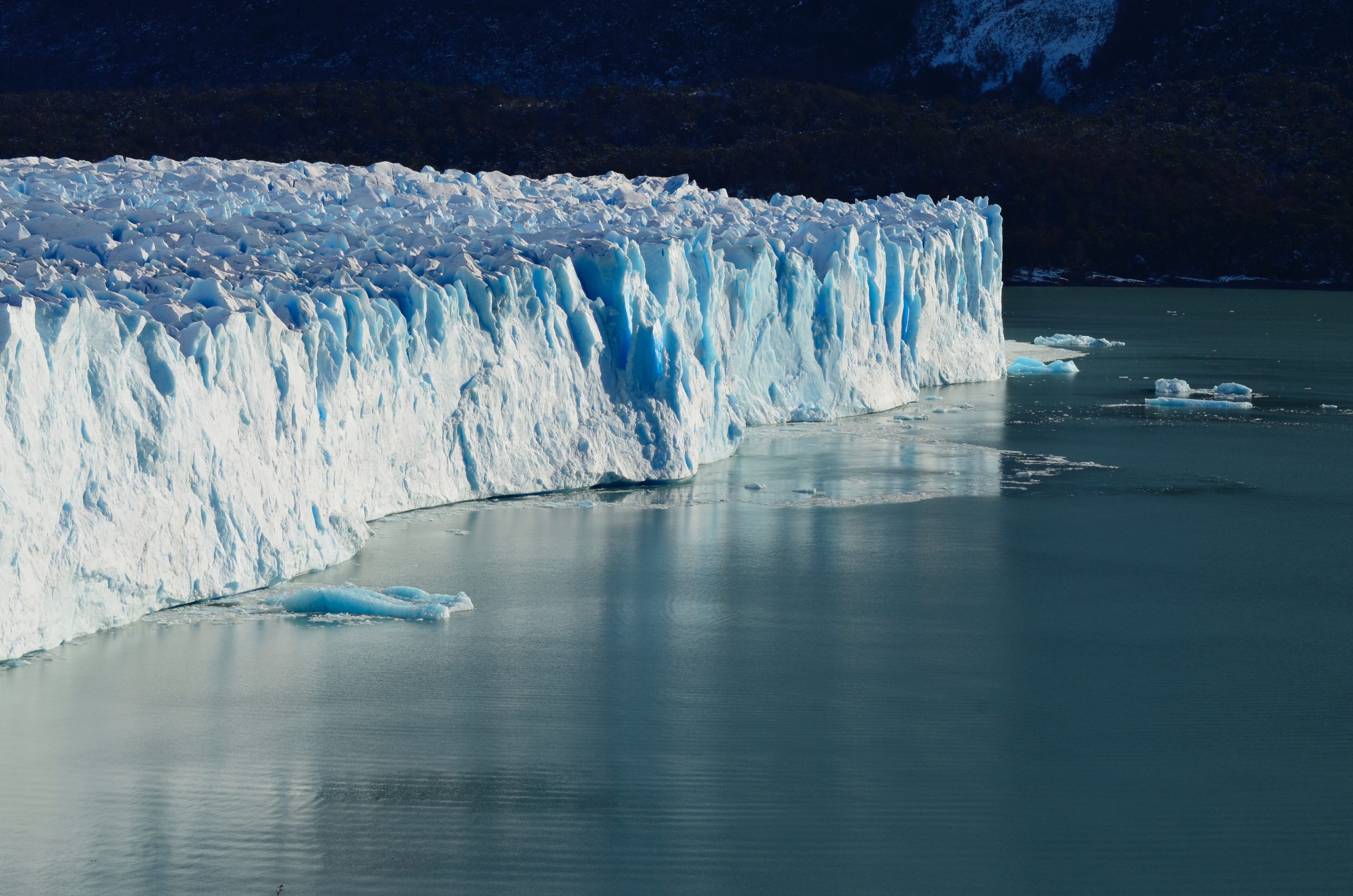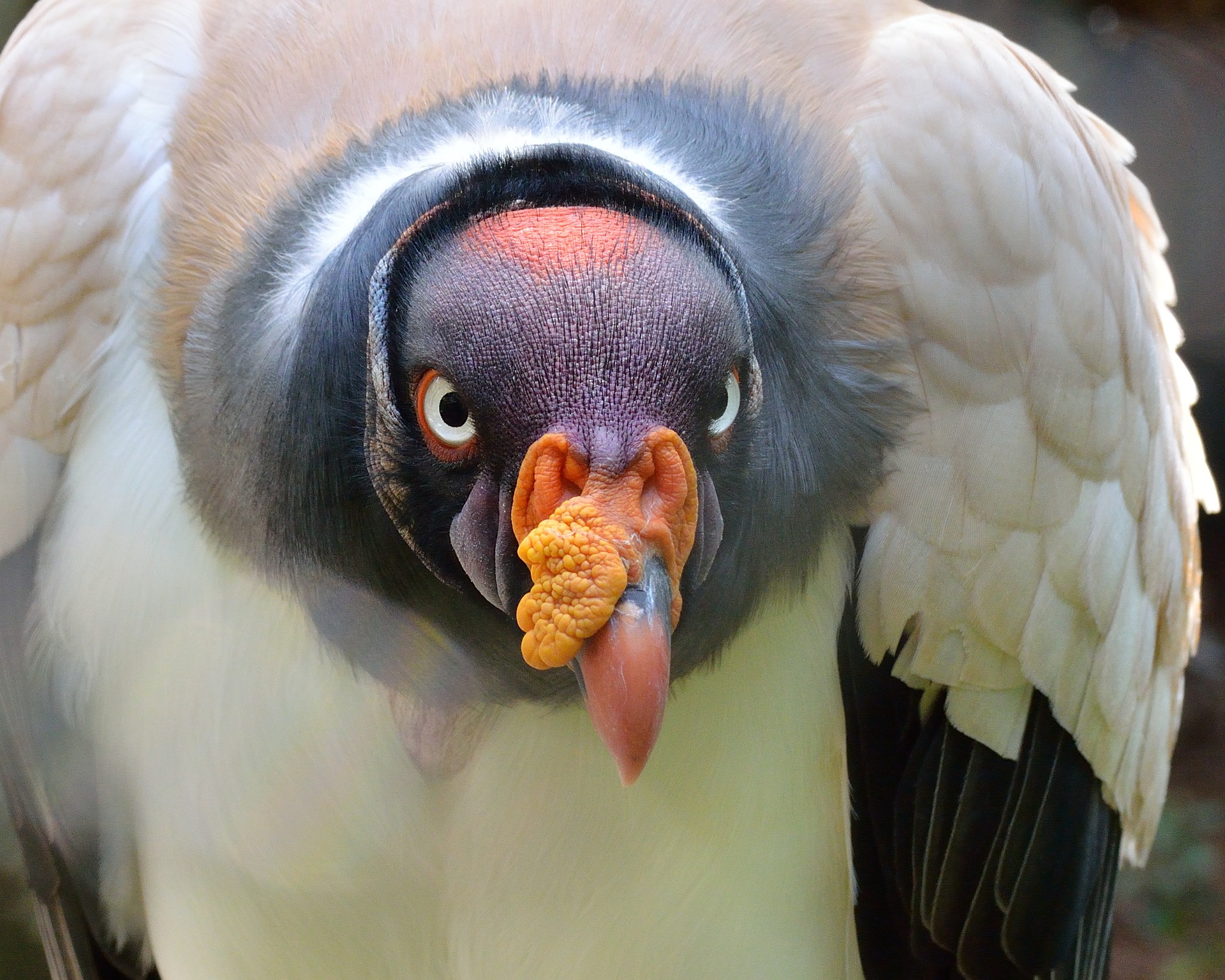Introduction:
A groundbreaking study has recently unveiled intriguing differences between the crusts of Earth and Mars, challenging our understanding of planetary geology. This research sheds light on the unique characteristics of these two neighboring worlds, providing valuable insights into their geological evolution and potential for hosting life.
Unraveling the Mysteries:
The study, led by a team of international scientists, analyzed data collected from various missions, including NASA’s Mars rovers and orbiters, as well as geological surveys conducted on Earth. By comparing the composition, structure, and age of the crusts of both planets, the researchers aimed to uncover fundamental disparities that might have shaped their distinct geological landscapes.
Divergent Histories:
One of the key findings of the study is the significant differences in crustal thickness between Earth and Mars. While Earth’s crust is relatively thick, ranging from 5 to 70 kilometers, Mars possesses a thinner crust, averaging around 30 kilometers in depth. This disparity suggests that the geological processes responsible for crustal formation and modification on these two planets have diverged significantly over billions of years.
Another intriguing revelation is the contrasting chemical composition of the crusts. Earth’s crust is primarily composed of silica-rich rocks, such as granites and basalts, which are formed through volcanic and tectonic activities. In contrast, Mars’ crust is characterized by a higher proportion of basaltic rocks, indicating a different pattern of volcanic eruptions and crustal formation.
The Role of Plate Tectonics:
Plate tectonics, a fundamental geological process that shapes Earth’s crust, seems to have played a negligible role in the formation of Mars’ crust. Unlike Earth, where tectonic plates constantly shift and interact, leading to the formation of mountains, valleys, and earthquakes, Mars lacks a robust tectonic system. This suggests that other mechanisms, such as volcanic activity and impacts from asteroids, have had a more prominent influence on Mars’ crustal evolution.
Implications for Martian Life:
Understanding the differences in crustal composition and structure between Earth and Mars has significant implications for the potential habitability of the Red Planet. Earth’s thick, silica-rich crust provides a stable environment for life to thrive, with nutrient-rich soils and abundant water sources. However, the thinner, basalt-dominated crust of Mars may pose challenges for sustaining life as we know it.
Nonetheless, these findings do not rule out the possibility of past or present microbial life on Mars. Deep beneath the surface, where environmental conditions are more favorable, subsurface ecosystems could potentially exist. Further exploration and scientific missions focused on investigating Mars’ subsurface geology will be crucial in unraveling this tantalizing mystery.
Conclusion:
The recent study highlighting the surprising differences in Earth and Mars’ crusts has revolutionized our understanding of planetary geology. These findings underscore the remarkable diversity of our solar system and emphasize the need for continued exploration and research to unravel the mysteries of these neighboring worlds.
As scientists delve deeper into the geology of Mars, future missions and technologies will be developed to study the Red Planet’s crust in more detail. These efforts will not only advance our understanding of Mars but also contribute to our broader knowledge of planetary formation and the potential for life beyond Earth.











